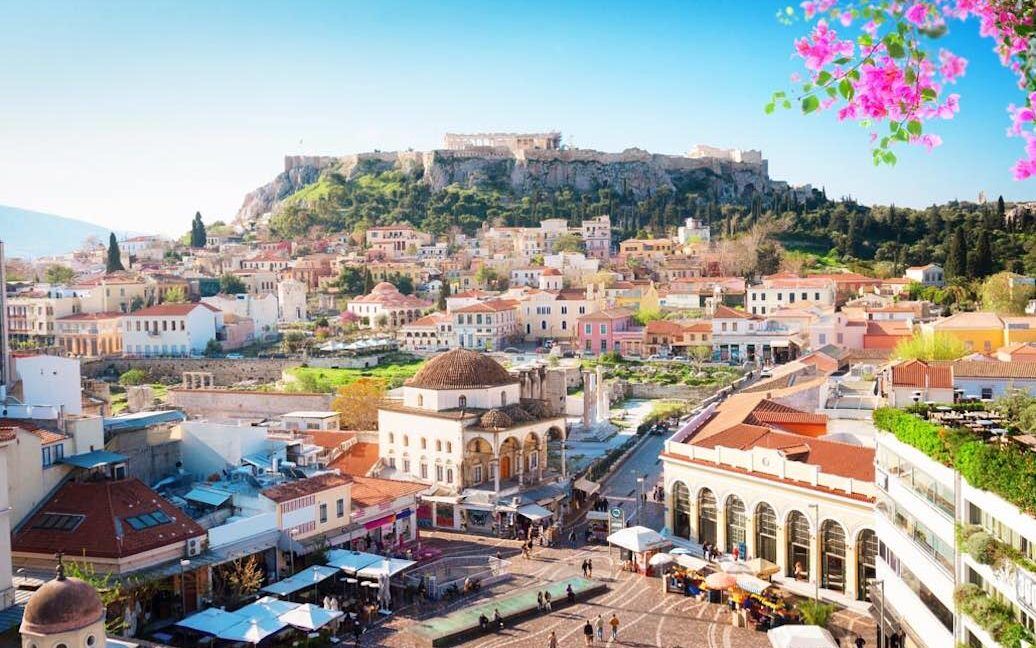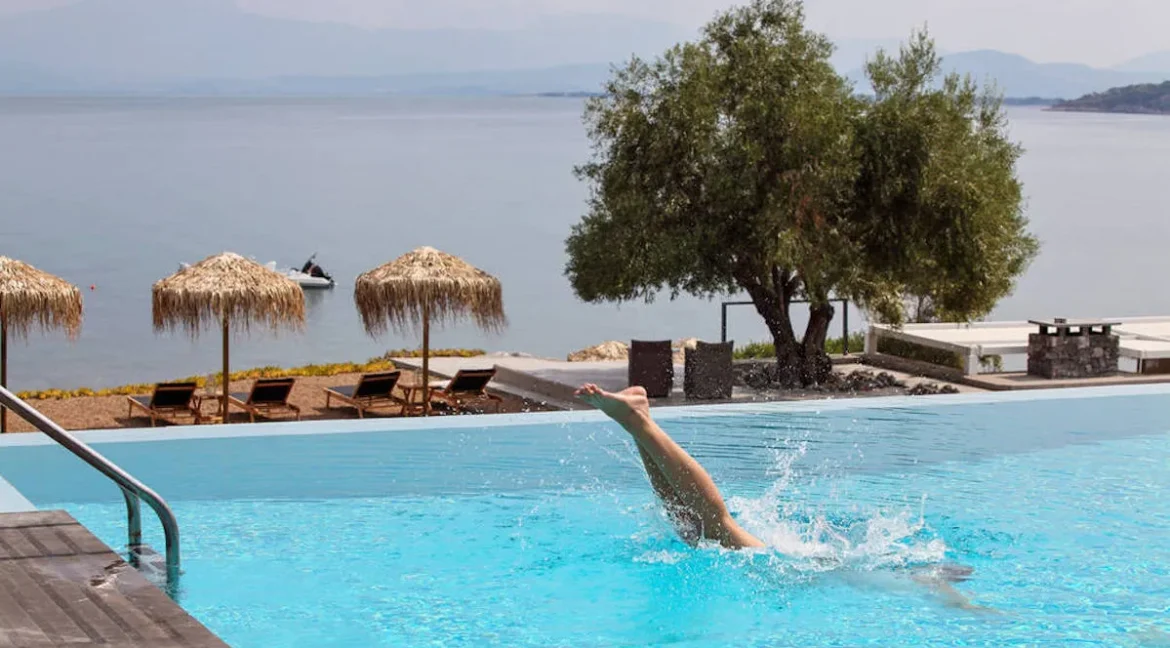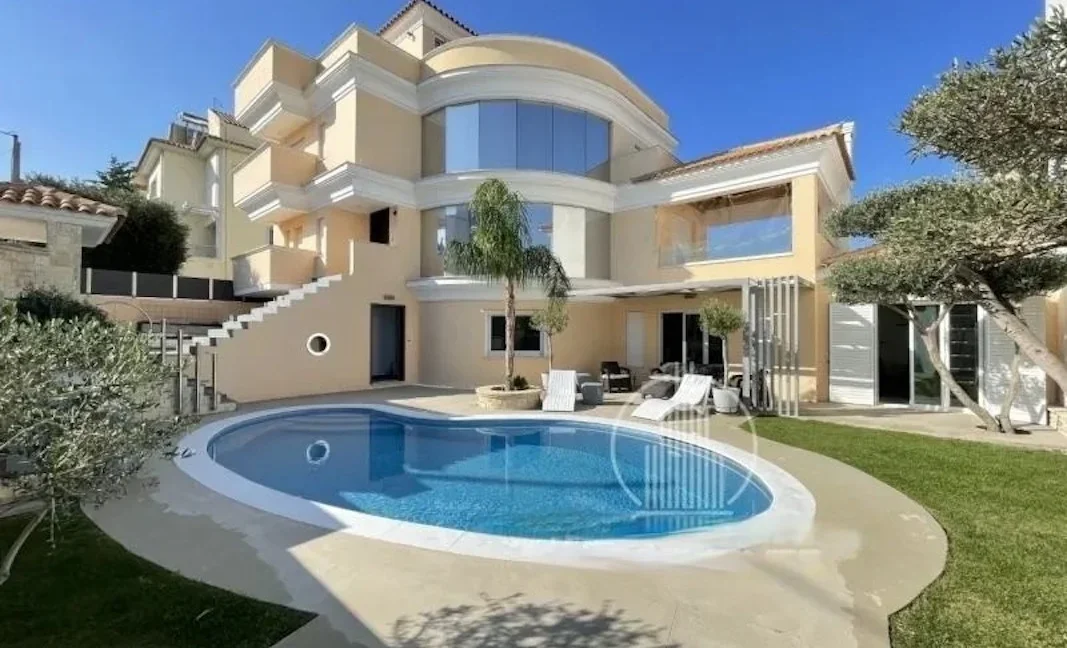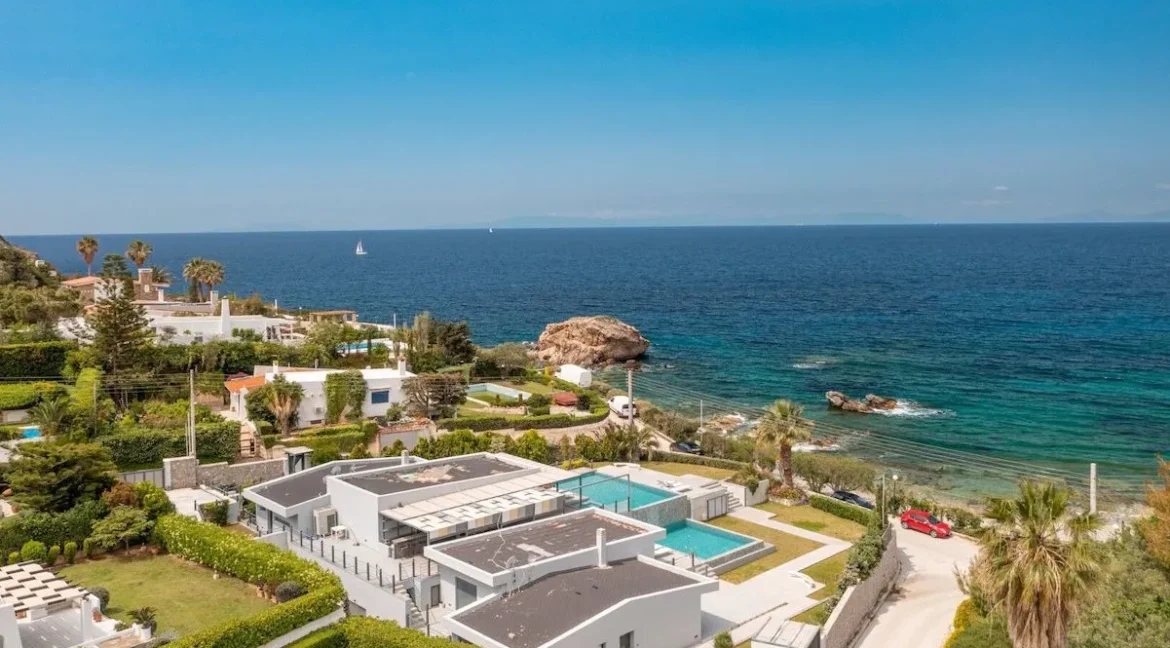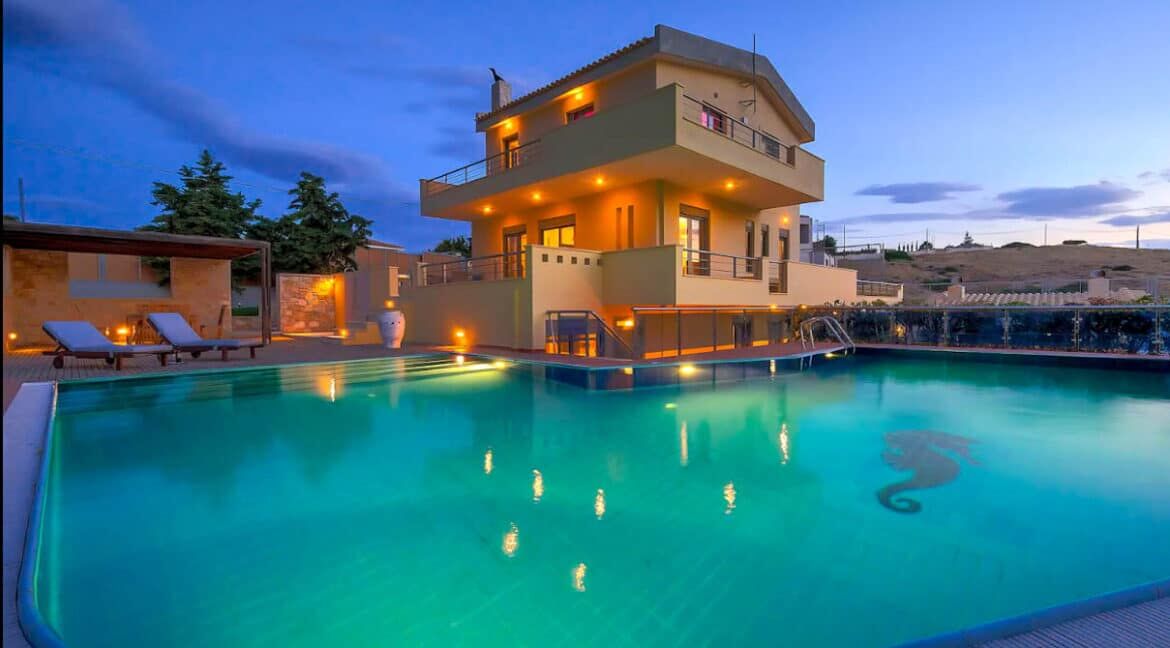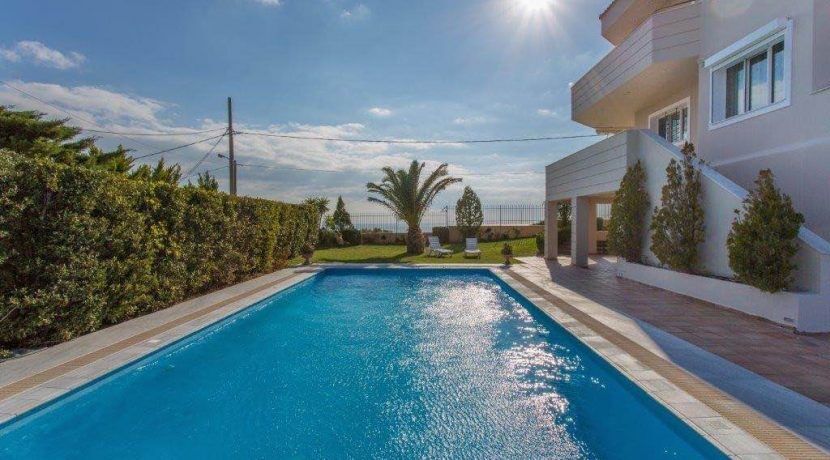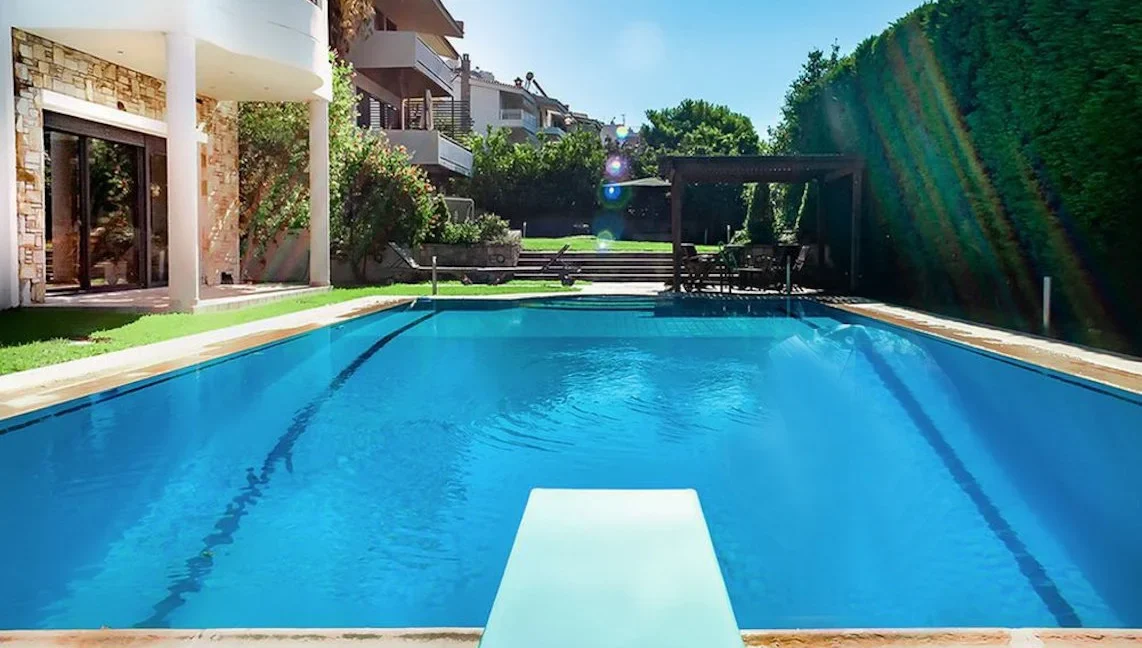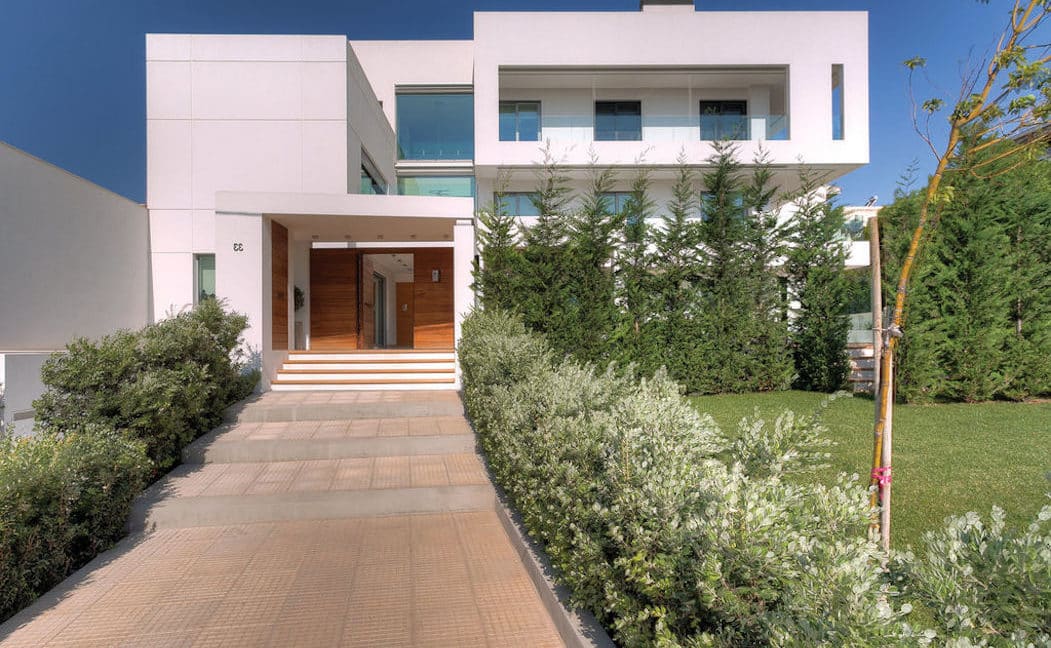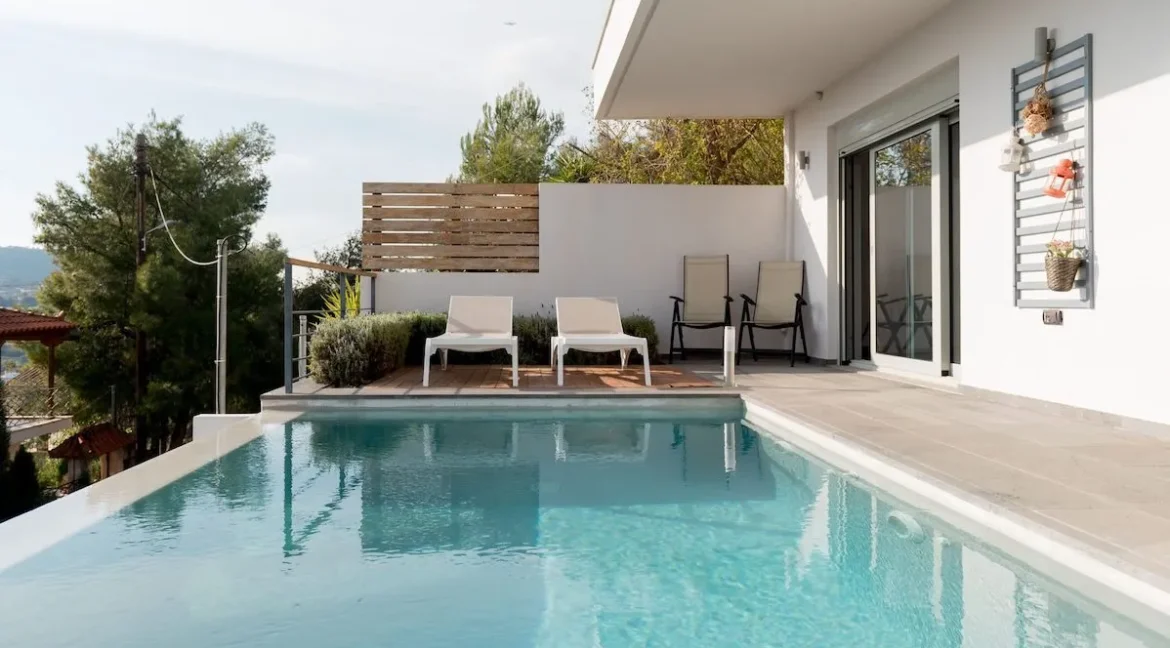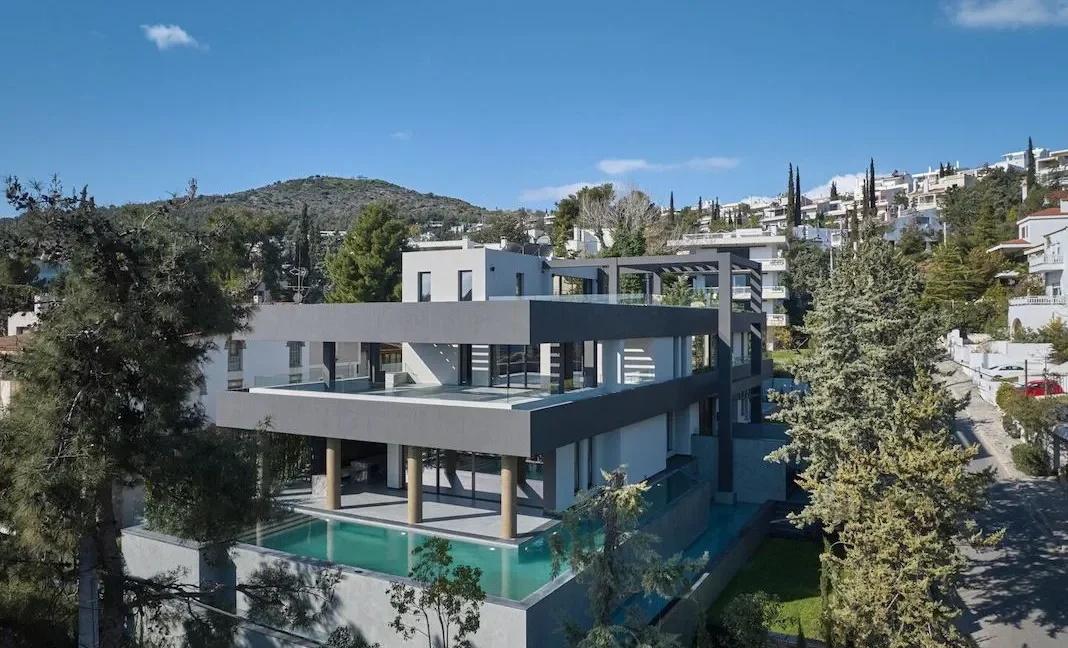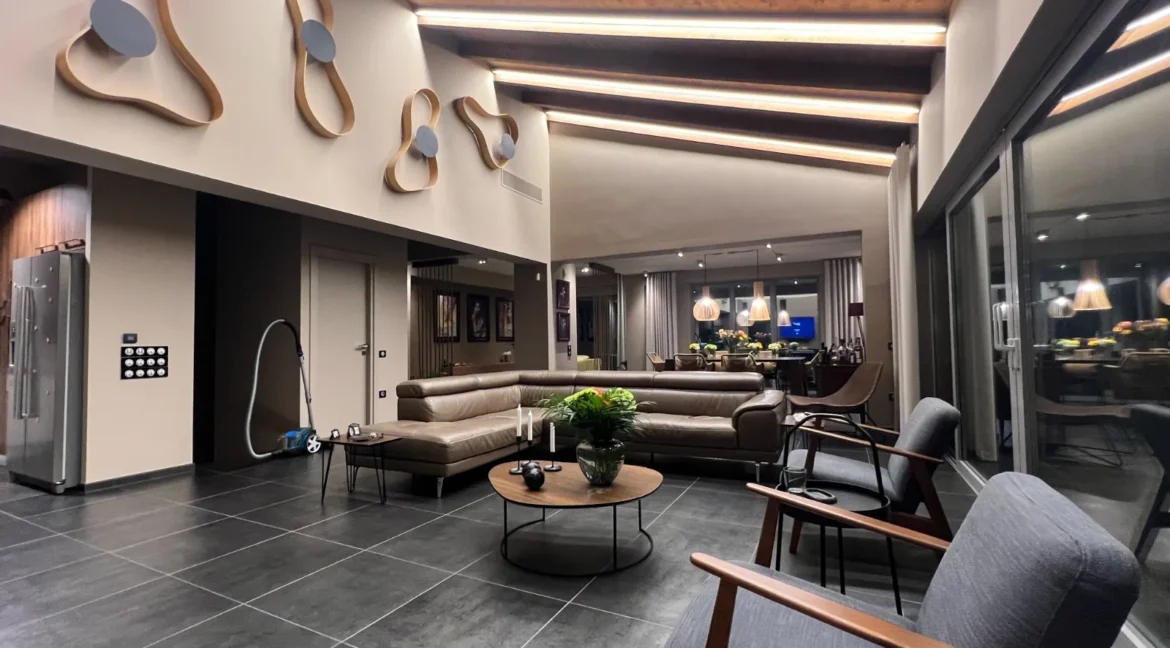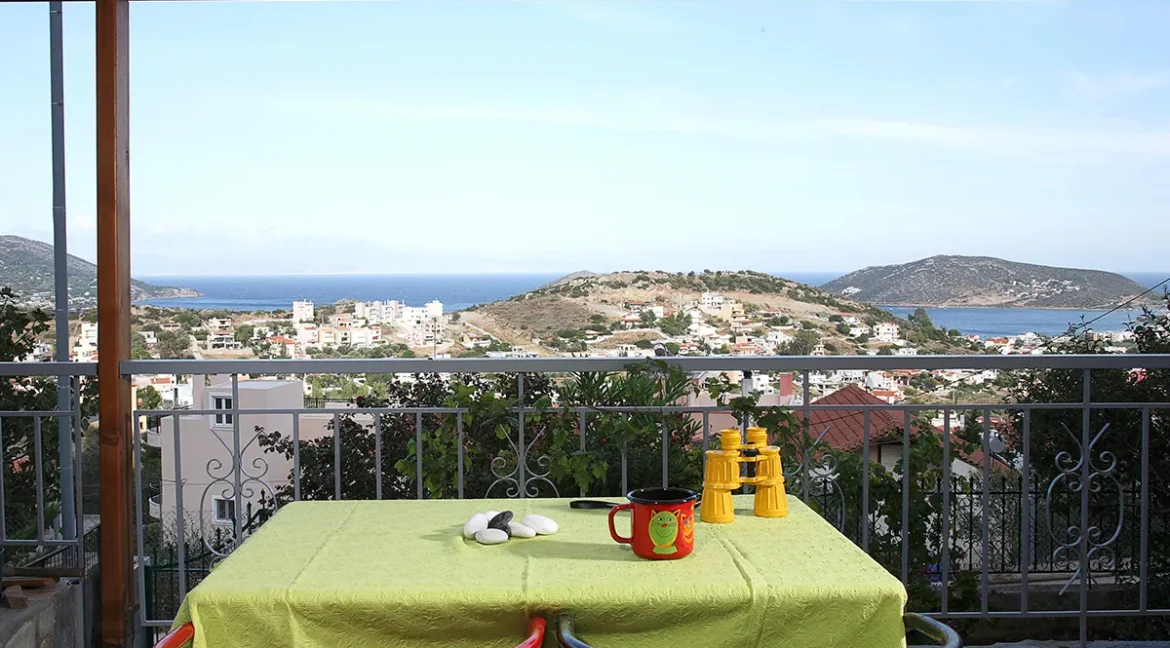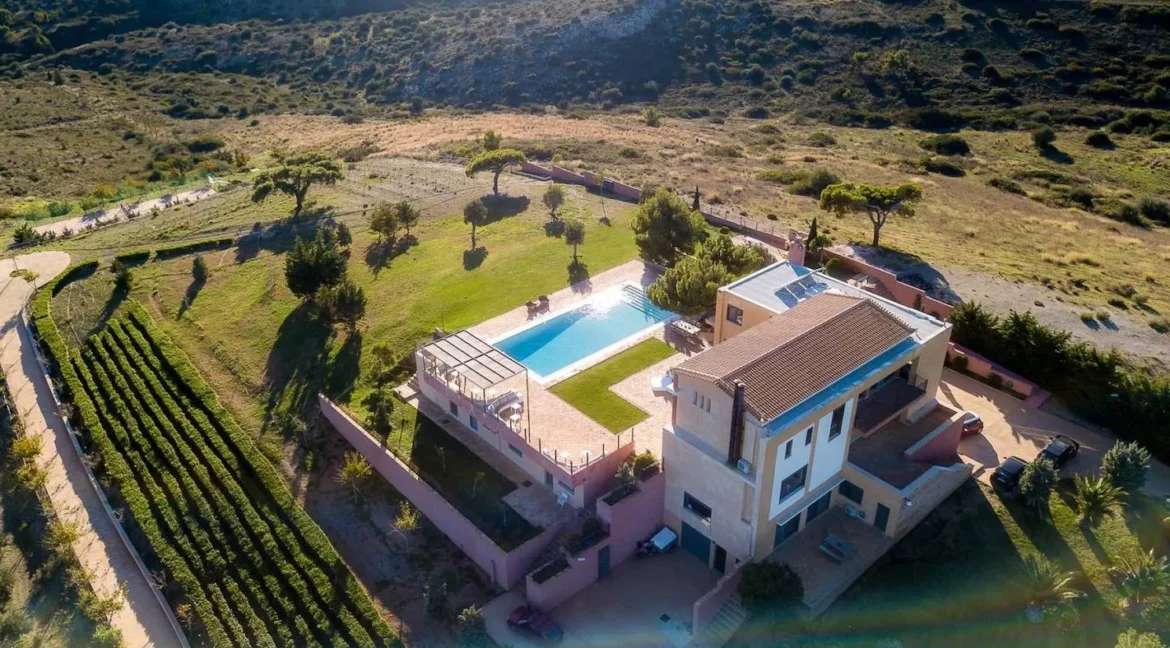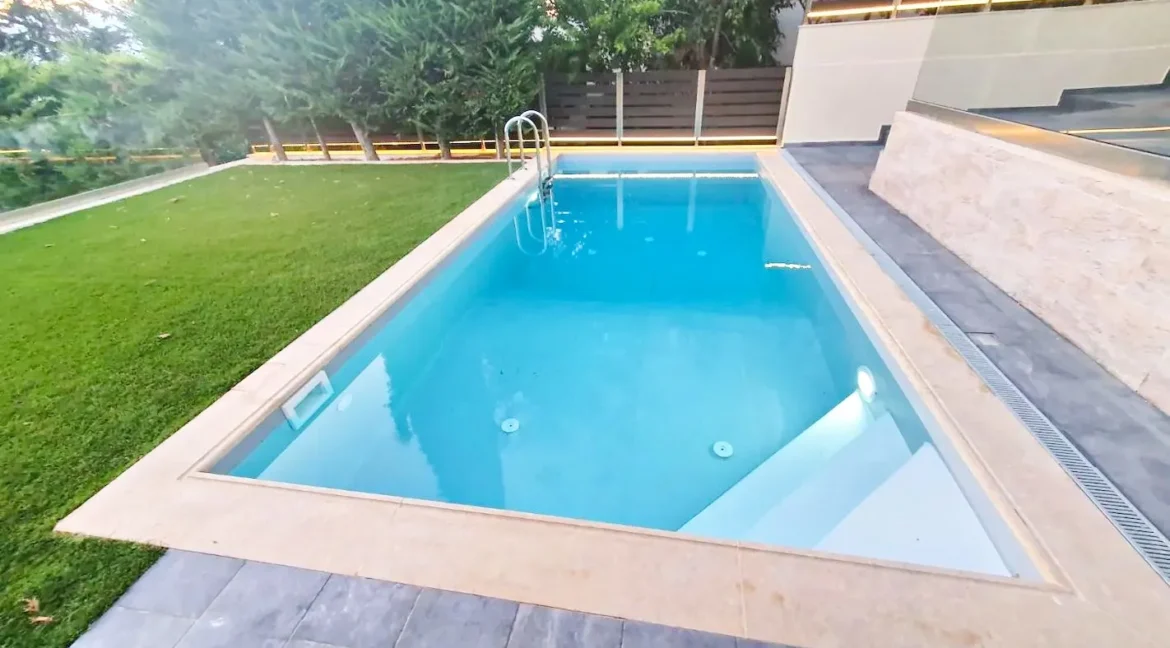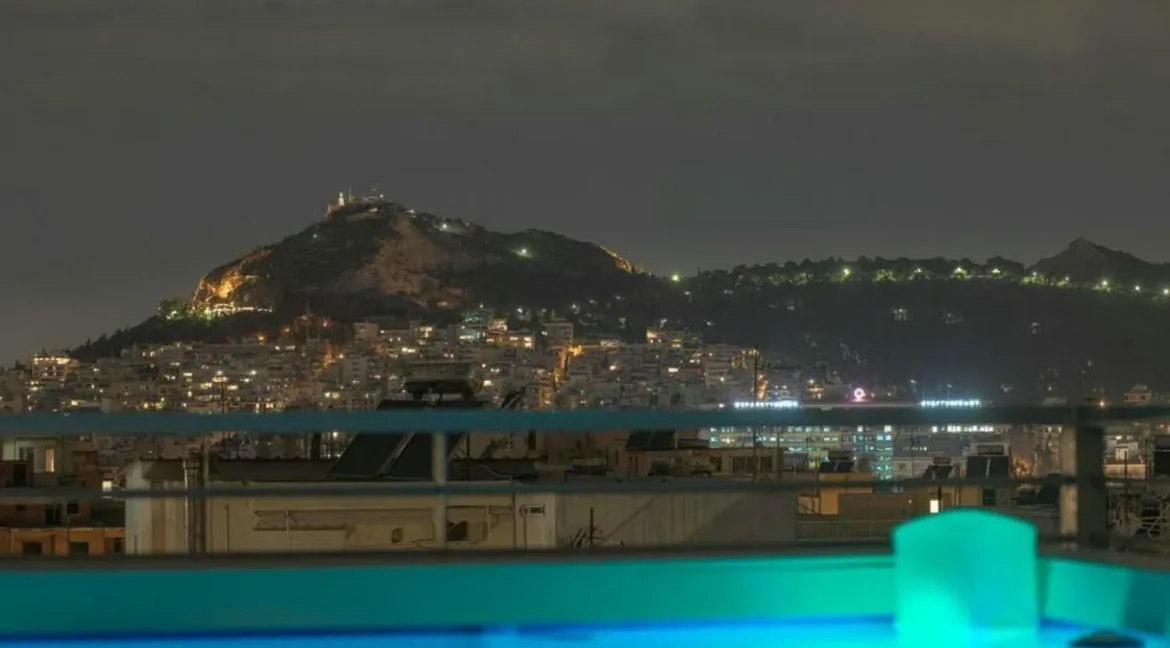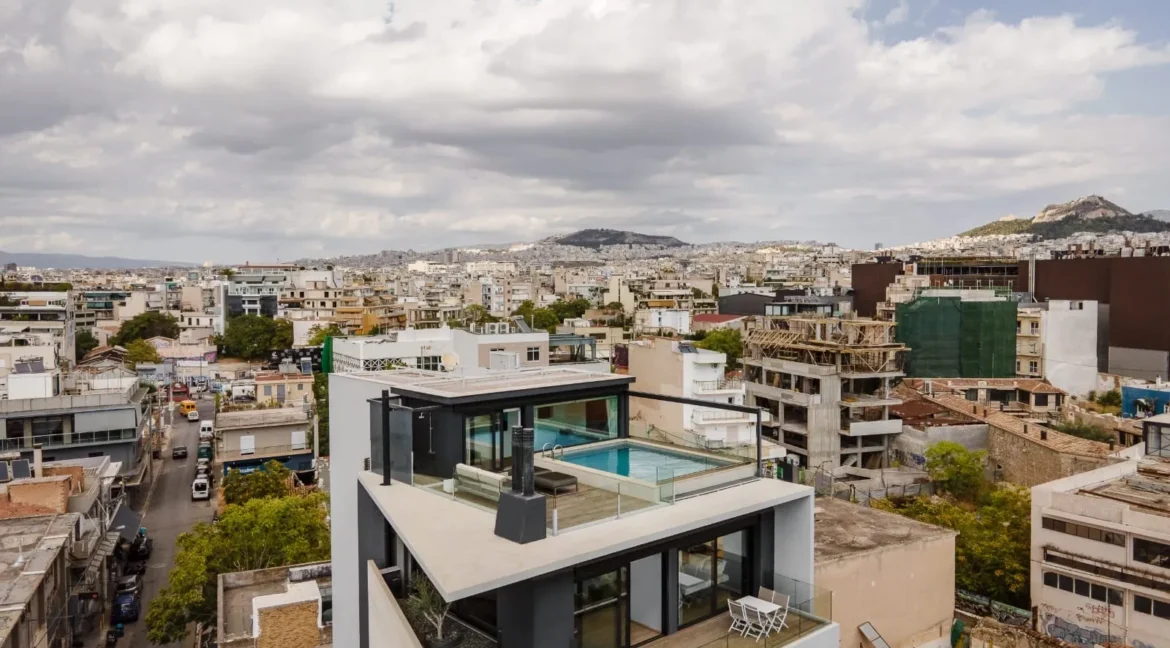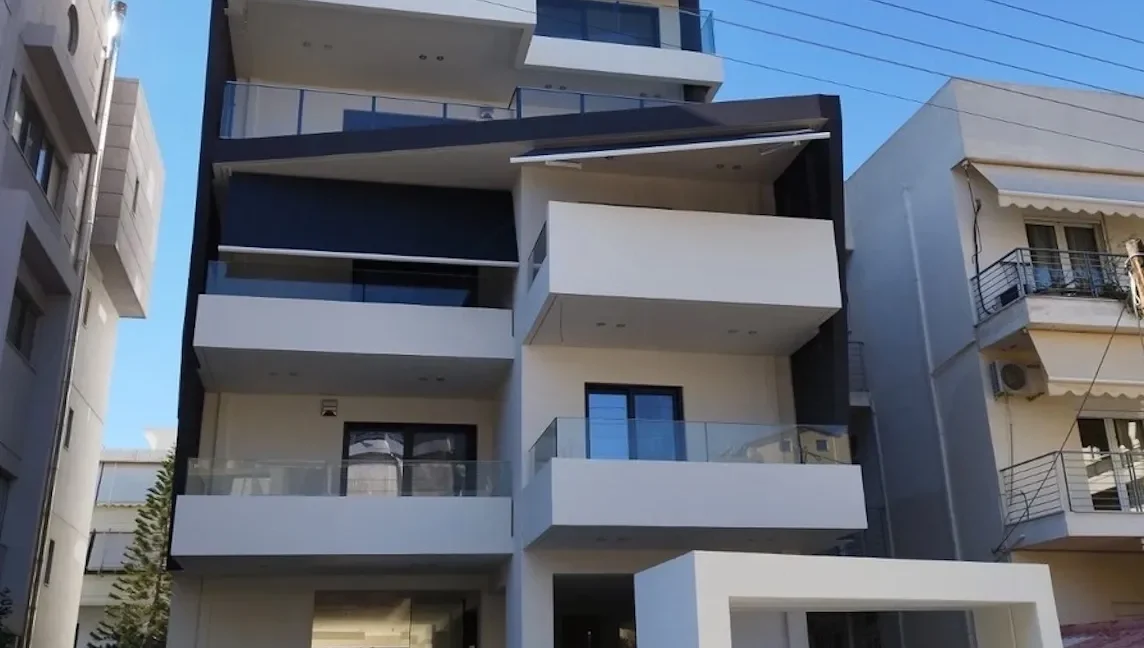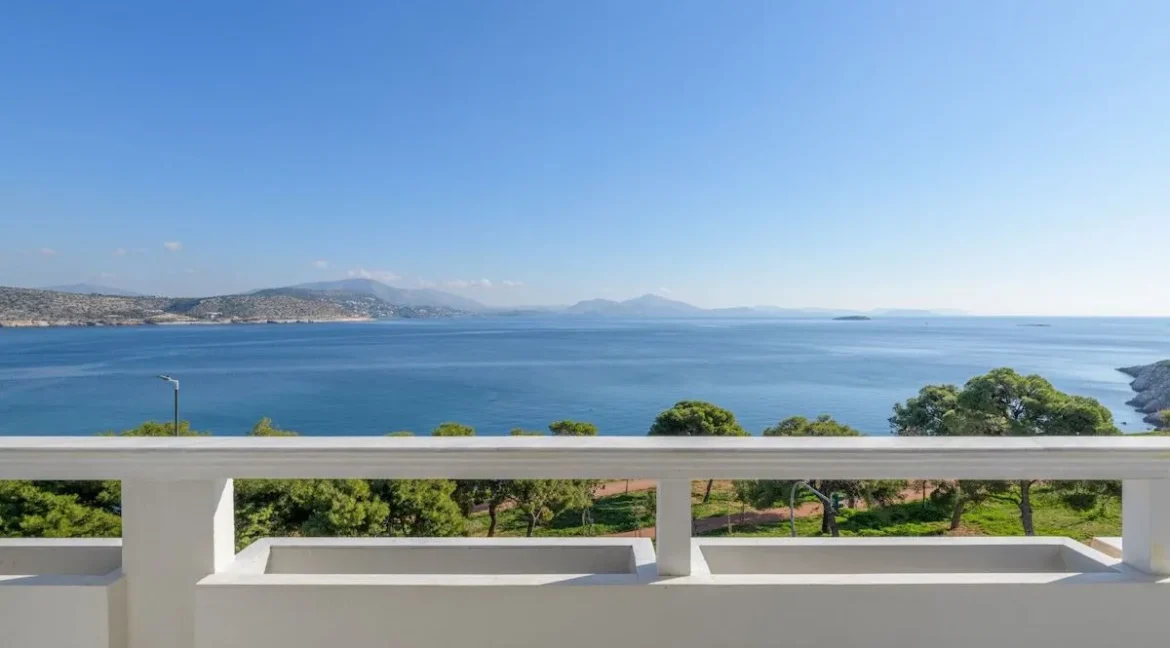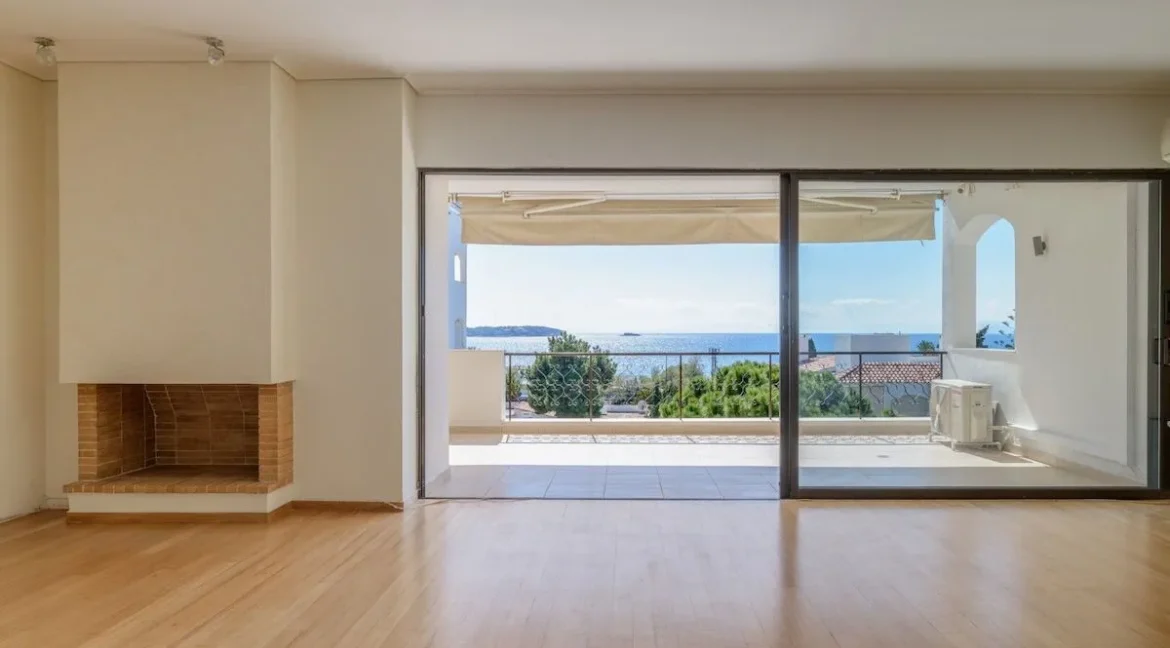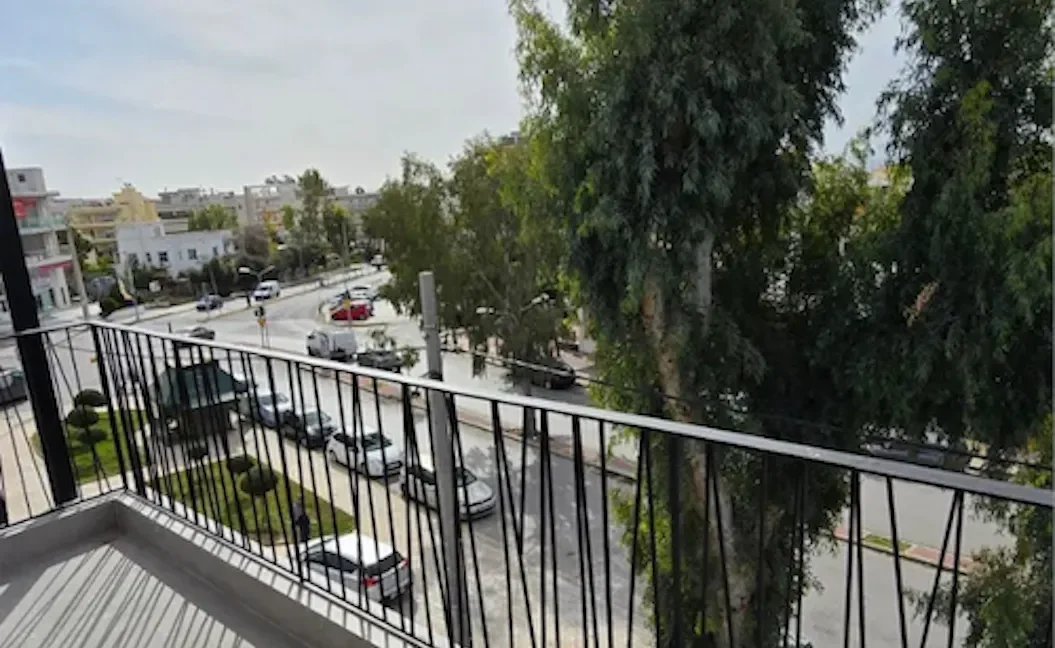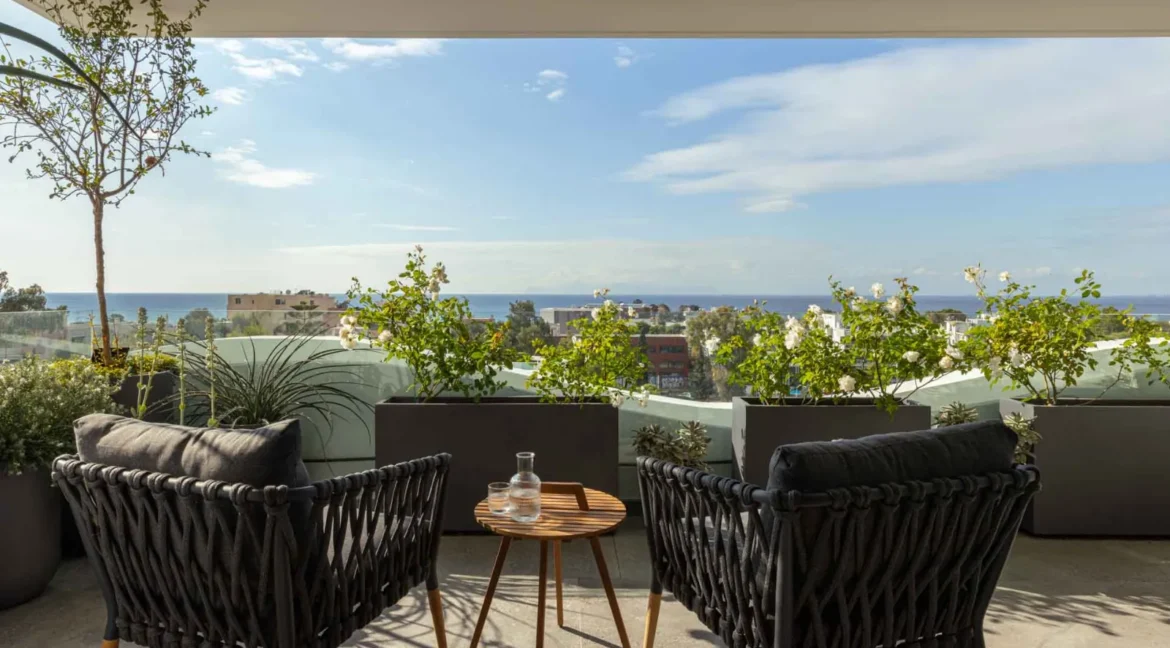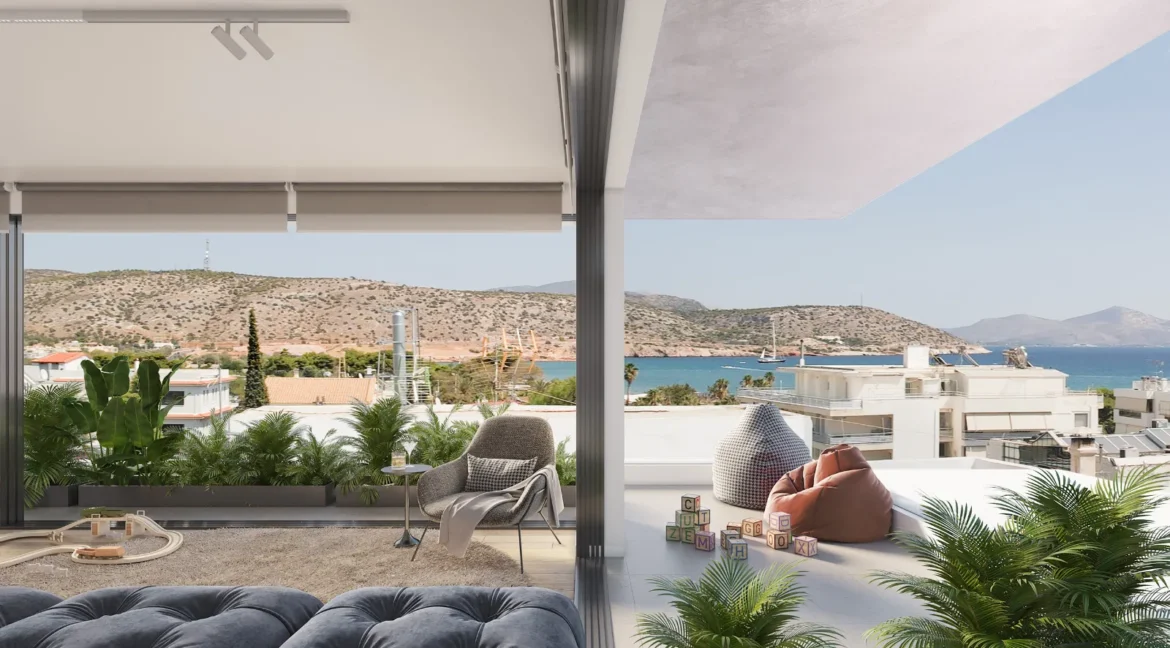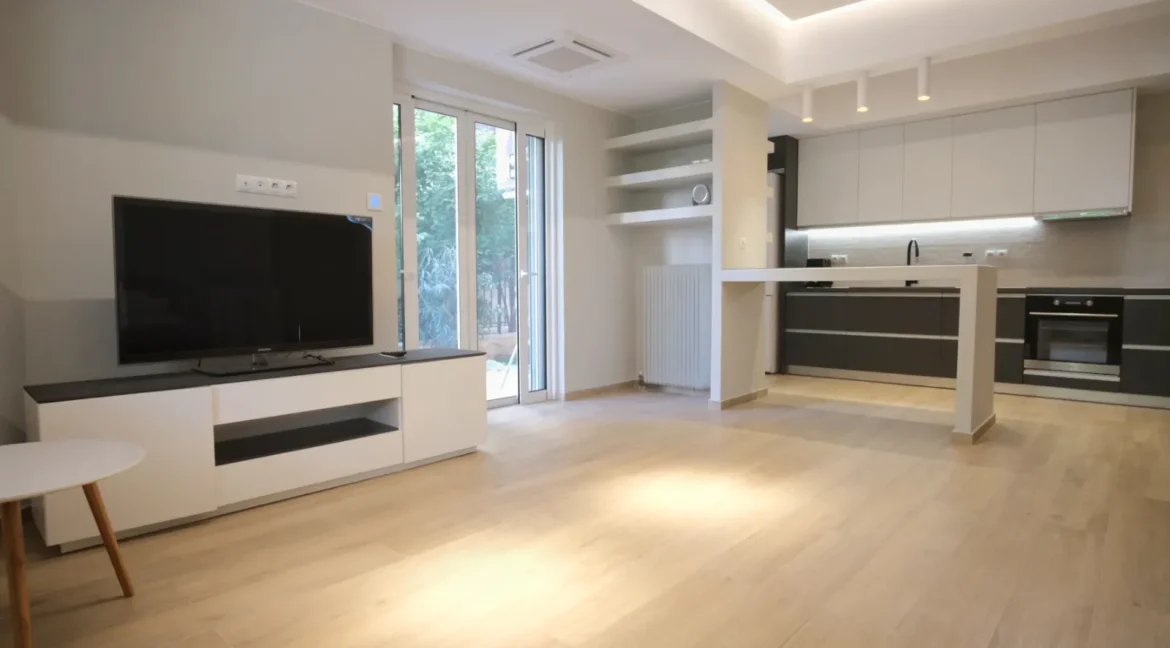About ATHENS Greece
Athens Greece is the historical capital of Europe, with a long history, dating from the first settlement in the Neolithic age. In the 5th Century BC (the “Golden Age of Pericles”) – the culmination of Athens’ long, fascinating history – the city’s values and civilization acquired a universal significance. Over the years, a multitude of conquerors occupied Athens, and erected unique, splendid monuments – a rare historical palimpsest. In 1834, it became the capital of the modern Greek state and in two centuries since it has become an attractive modern metropolis with unrivalled charm.
A large part of the town’s historic centre has been converted into a 3-kilometre pedestrian zone (the largest in Europe), leading to the major archaeological sites (“archaeological park”), reconstructing – to a large degree – the ancient landscape.
Around Acropolis
The tour starts at the temple of Olympian Zeus (6th c. B.C.), one of the largest in antiquity and close by Hadrian’s Arch (131 A.D.), which forms the symbolic entrance to the city. From there, walking along Dionysou Areopaghitou Street (on the south side of the Acropolis) you pass the ancient Theatre of Dionysos (5th c. B.C.) where most of the works by Sophocles, Euripides, Aeschylos and Aristophanes were performed. Continuing, you will reach the ruins of the Asklepieion (5th c. B.C.) and the Stoa of Eumenes (2th c. B.C.) and from there the Odeion of Herodes Atticus, which was built in 161 A.D. and is nowadays the venue of the performances of the Athens Festival.
From there you climb up to the sacred rock of the Acropolis, the site of some of the most important masterpieces of worldwide architecture and art, the most renowned of which is the Parthenon temple. Apart from this, also impressive are the Propylaea, the temple of the Athene Nike and the Erechtheion, while you must not skip a visit to the Museum, located close to the Parthenon. Moreover, from the rock you have an impressive view of the city.
Only 300m away from the sacred rock of Acropolis stands the impressive Acropolis Museum, one of the most important contemporary works of architecture in Athens. It is made of steel, glass and concrete and it houses 4,000 priceless finds from the Acropolis monuments that represent its history and function as the most important religious centre of ancient Athens Greece.
Coming down from the Acropolis you arrive at the Areios Pagos, the most ancient law court of the world. Opposite it is Philopappou Hill, with its beautiful cobbled little roads and the Roman monument by the same name on its top, while close by is the Pnyx, where the citizens of ancient Athens used to assemble and exert their democratic rights.
Walking farther along the pedestrian road you arrive at the Ancient Agora, which was the commercial, political and religious centre of ancient Athens. A visit to the archaeological site will give you the opportunity to become acquainted with the workings of Classical Athenian democracy.
From there, via Ermou Street, you arrive at the Kerameikos, the largest cemetery of the ancient city, with impressive tomb sculptures and stelae. The Iridanos River, sacred in antiquity, runs through the archaeological site.
However, our tour of enchanting Athens Greece does not restrict itself only to these unique archaeological sites.
Around neighborhoods of the historical centre
The “core” of the historic centre is the Plaka neighborhood (at the eastern side of the Acropolis), which has been inhabited without interruption since antiquity. When you walk through the narrow labyrinthine streets lined with houses and mansions from the time of the Turkish occupation and the Neoclassical period (19th c.), you will have the impression of travelling with a “time machine”. You will encounter ancient monuments, such as the Lysikrates Monument, erected by a wealthy donor of theatrical performances, the Roman Agora with the famed “Tower of the Winds” (1st c. B.C.) and Hadrian’s Library (132 A.D.), scores of bigger and smaller churches, true masterpieces of Byzantine art and architecture, as well as remnants of the Ottoman period (Fetihie Mosque, Tzistaraki Mosque, the Turkish Bath near the Tower of the Winds, the Muslim Seminary, et al.). There are also some interesting museums (Folk Art, Greek Children’s Art, Popular Musical Instruments, Frysira Art Gallery, etc.), lots of picturesque tavernas, cafés, bars, as well as shops selling souvenirs and traditional Greek products.
Continuing from Plaka you arrive at Monastiraki, a characteristic area of “old” Athens, with narrow streets and small buildings where the city’s traditional bazaar (Yousouroum) is held. Close to it is the Psyrri area, a traditional neighborhood which during the past few years has evolved into one of the most important “centres” of the town’s nightlife, with scores of bars, tavernas, ouzeris, clubs, etc.
However, the “heart” of the historical centre is the traditional commercial neighborhood, with more than 2,500 shops of all kinds, which spreads out over the streets surrounding Ermou Street (the city’s best-known commercial street). The western “border” of the area is Athinas Street, where the foodstuff commerce is concentrated, reminding one strongly of the Middle East. Here are situated, among others, the neoclassical mansions of the Town Hall, the Municipal Market (where meat, fish and vegetables are sold) and spacious Kotzias Square.
Within the boundary of Athens’ historical centre also are the picturesque neighborhoods of Makriyianni (close to the Acropolis, where the Acropolis Museum stands), Ano Petralona, Theseion (where you will find small interesting museums and scores of cafés, bars and restaurants), Kerameikos and Metaxourgeio, as well as the Gazi area, with the former Gas works, which now have been turned into a cultural centre of the Athens municipality (“Technopolis”).
Downtown
Syntagma and Omonia are the main central squares of the town; they are linked by Stadiou Street and Panepistimiou Avenue, along which some of the town’s most beautiful Neoclassical buildings have been erected. Dominating Syntagma Squareis the Greek Parliament building and in front of it the Monument of the Unknown Soldier, guarded by the Evzones in traditional costume. From this square starts the beautiful National Garden (40 acres), south of which stands the impressive Zappeion Mansion (1874-1888). From there you can continue towards the Presidential Mansion (1897) and thence to the Panathenaikon (Kallimarmaro) Stadium, where the first Olympic Games in modern history were held (1896). From there, crossing the Mets neighborhood, the road leads you to the First Cemetery, the oldest one in Athens, basically an outdoor sculpture display with a wealth of wonderful monumental tombstones by some of the most important sculptors of the 19th and 20th centuries.
From Omonia Square starts Patission street, a busy street with interesting buildings, amongst which are the Neoclassical mansions of the Polytechnic School and the National Archaeological Museum, which ranks among the leading museums in the world and hosts rare art treasures from the Neolithic era up to the Roman period.
Close to the museum is the Exarheia area, a charming and very lively neighborhood, traditional a meeting point and home to many students and artists. From Exarcheia, crossing the Neapoli neighborhood, you can climb the verdant Lycavittos Hill. From its top you have a view of the entire city, all the way to the sea. On the other side of the hill is the Kolonaki neighborhood, whose boundary is Vassilissis Sophias Avenue, one of the most grandiose streets of Athens with beautiful buildings, many museums (Cycladic Art, Benaki, Byzantine and Christian Museum, War Museum, National Gallery) and green areas. In Kolonaki, which is considered to be the most “aristocratic” area of the centre of Athens, you will find many shops selling expensive brands and high couture, modern restaurants, bars and cafés, while it is worthwhile to take a stroll through the central streets with their art déco, art nouveau and interbellum buildings.
Breathtaking views over Athens
Thanks to its rich morphology Athens has plenty of places where you can admire stunning panoramic views of the city. Romantic or not, let yourself be captivated by the Athenian cityscape as seen from above.
Around suburbs
The southern suburbs, located on the coast of the Saronic Gulf, a recreational and cultural park is being planned, comprising the existing sports facilities. They offer many opportunities to take a walk along the seaside, while you will also find many beautiful organized and free beaches, large shopping centers and nightclubs (especially during the summer). In the Maroussi suburb (north of the centre) are the facilities of the Olympic Athletic Centre of Athens Greece, where the majority of the athletic events were held during the 2004 Athens Olympic Games. Kifissia (north of Maroussi) is also worth a visit, with its beautiful villas and impressive mansions.
Moreover, if you wish to leave the centre behind you, you may visit, amongst others, the neighboring town of Piraeus, Greece’s main port (which nowadays forms one big conglomerate with Athens), the Daphni Monastery (11 km. west), one of the most significant Byzantine monuments of the country (12th c.) with unique mosaics, the Kaisariani Monastery (5 km. east), which was founded in the 2nd century, the Temple of Poseidon (5th c. B.C.) on Cape Sounion (58 km. south), following a wonderful route along the coast, the area of the battle of Marathon (490 B.C.) with the Tomb of Marathon, the archaeological sites of Eleusina (23 km. west), of Amphiareion (48 km. northeast), of Vravron (38 km. east) and Ramnous (close to Marathon), as well as the wonderful surrounding mountain massifs of Parnitha, Penteli and Hymettos, all suitable for hiking.
In Athens and the wider Attica area, you will find hotel accommodation of high standard, modern means of transportation, a wide choice of opportunities for shopping, dining and nightlife, good service but above all the hospitality and warmth of its inhabitants. In a nutshell, Athens is a city that fascinates every visitor, during all seasons.
